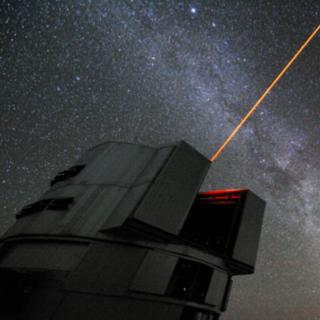Bibcode
Doliva-Dolinsky, Amandine; Martin, Nicolas F.; Thomas, Guillaume F.; Ferguson, Annette M. N.; Ibata, Rodrigo A.; Lewis, Geraint F.; Mackey, Dougal; McConnachie, Alan W.; Yuan, Zhen
Bibliographical reference
The Astrophysical Journal
Advertised on:
7
2022
Journal
Citations
21
Refereed citations
18
Description
We determine the detection limits of the search for dwarf galaxies in the Pan-Andromeda Archaeological Survey (PAndAS) using the algorithm developed by the PAndAS team. The recovery fractions of artificial dwarf galaxies are, as expected, a strong function of physical size and luminosity and, to a lesser extent, distance. We show that these recovery fractions vary strongly with location in the surveyed area because of varying levels of contamination from both the Milky Way foreground stars and the stellar halo of Andromeda. We therefore provide recovery fractions that are a function of size, luminosity, and location within the survey on a scale of ~1 × 1 deg2 (or ~14 × 14 kpc2). Overall, the effective surface brightness for a 50% detection rate ranges between 28 and 30 mag arcsec-2. This is in line with expectations for a search that relies on photometric data that are as deep as the PAndAS survey. The derived detection limits are an essential ingredient on the path to constraining the global properties of Andromeda's system of satellite dwarf galaxies and, more broadly, to providing constraints on dwarf galaxy formation and evolution in a cosmological context.
Related projects

Galaxy Evolution in the Local Group
Galaxy formation and evolution is a fundamental Astrophysical problem. Its study requires “travelling back in time”, for which there are two complementary approaches. One is to analyse galaxy properties as a function of red-shift. Our team focuses on the other approach, called “Galactic Archaeology”. It is based on the determination of galaxy
Emma
Fernández Alvar